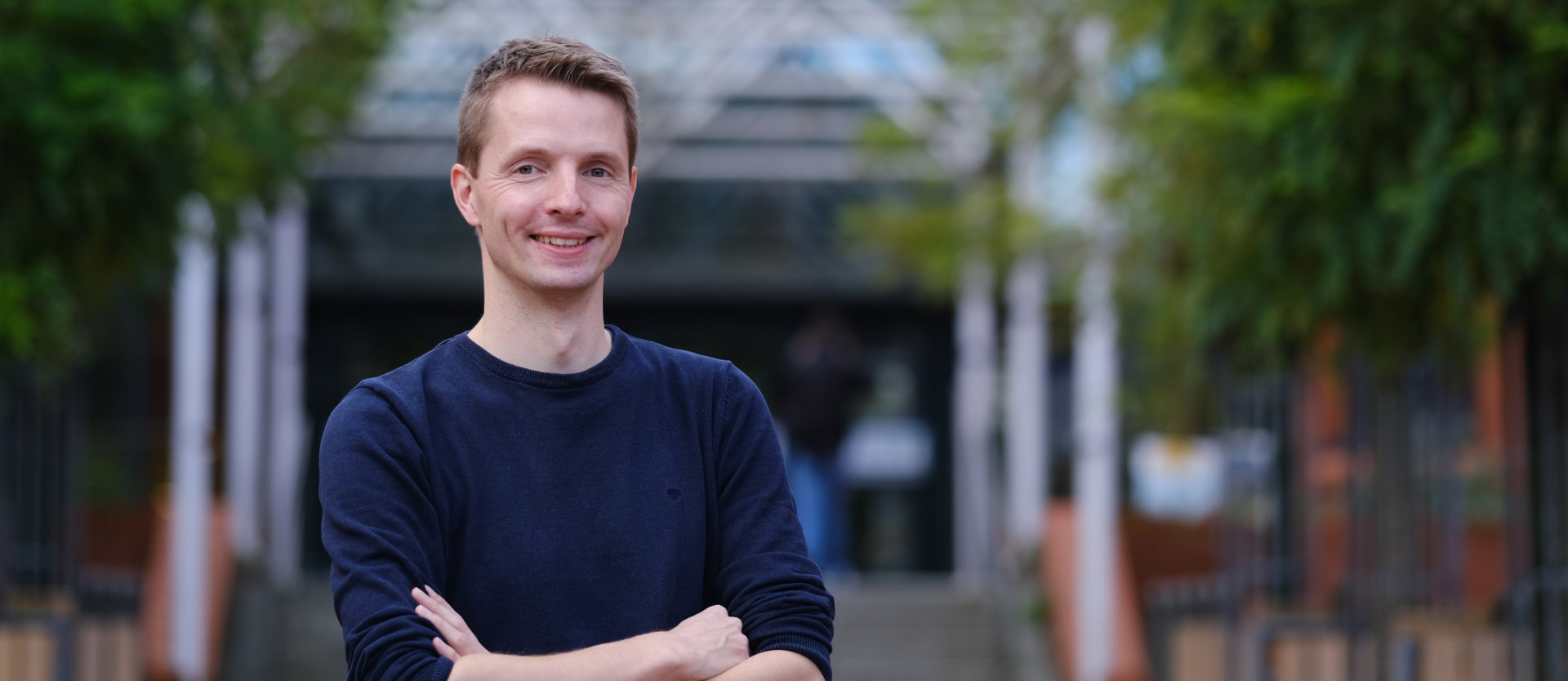
"I want to understand how charge carriers behave at interfaces"

Congratulations on being accepted into the Emmy Noether Programme. You are an attosecond physicist. How does one become an ultrafast physicist?
Thank you very much! I think it takes a certain urge to discover, that is, the interest in exploring new areas. We can do that on large scales and explore space. Either from Earth by observing the universe with telescopes or by exploring on the ground, for example with rovers on Mars. But even on our Earth itself there are still many unexplored areas, the deep sea being one example. Ultimately, however, it is enough to exchange the telescopes of space research for microscopes of nano-research in order to discover new things everywhere in our immediate environment. This makes it possible to make new discoveries directly on site in the research laboratory. Even if we think we already have a lot of things well understood, experience shows that exciting discoveries are made when we look a little closer, discuss the observations and compare them with models. Here, however, you quickly reach the point where it is not enough to be a nanophysicist: On the nanoscale, processes happen so fast that you have to look "ultrafast" to make the dynamics visible. This requires all kinds of tools, which I acquired in Oldenburg, in Munich at the LMU, in Garching at the MPQ and in Lund.
Which processes in ultrafast physics are you particularly interested in?
In particular, I would like to better understand how charge carriers behave in heterogeneous structures, such as nanoparticles, or at interfaces of different materials, when they interact with optical fields. Making these dynamics visible promises entirely new possibilities for charge carrier control on the nanoscale: On the one hand by adapting the nanostructures, on the other hand by modifying the optical fields.
How should one technically imagine the conversion of electrical energy into light and vice versa?
An interesting question: Actually, nothing is really converted in the process, which is why it can be done so efficiently. The electrical energy is ultimately stored in the form of electrical fields. But light is nothing other than a special form of such a field. The conversion takes place by charge carriers emitting electrical energy at interfaces in the form of a well-defined energy packet, which we perceive as light (a photon). This process also works in the same way in reverse.
How do your attosecond experiments work on the nanoscale?
Optical experiments today provide the best time resolution, electron microscopes with the best spatial resolution. It makes sense to combine these two techniques. For this purpose, we carry out experiments with high temporal resolution, at the end of which is the photoemission of electrons from the nanostructure under investigation. Immediately afterwards, we use an electron microscope that images these electrons with high spatial resolution after the emission. With this technique, we obtain spatiotemporally high-resolution videos of the dynamics on the sample, even though the two parts of the experiment strictly speaking take place one after the other. However, this is precisely what makes this technique so interesting, as it does not require compromising on the time resolution. It defuses the often necessary trade-off between temporal and spatial resolution, since both parts are technically only connected via the photoemission of electrons.
What exactly do you want to explore with your Emmy Noether project "Attosecond charge carrier dynamics at nanoscale interfaces"?
I would like to make visible how charge carriers behave under the influence of an optical field in nanostructures within a few femtoseconds. The aim is to understand how we need to shape novel solar cell materials, for example, in order to achieve efficient charge separation. This requires a fundamental understanding of the generation of free charge carriers in spatially highly inhomogeneous structures. We will investigate this on some example systems such as nanoparticles and 2D materials, while continuously developing the time-resolved microscopy technology needed for this.
Where do you see ultrafast physics in ten years?
The last few months and years have made it clear to all of us that predictions over even significantly shorter periods of time can already be very difficult. Accordingly, I am reluctant to try. However, I am convinced that there are still many surprises to be discovered and that ultrafast physics is in an excellent position to make important contributions to this.












